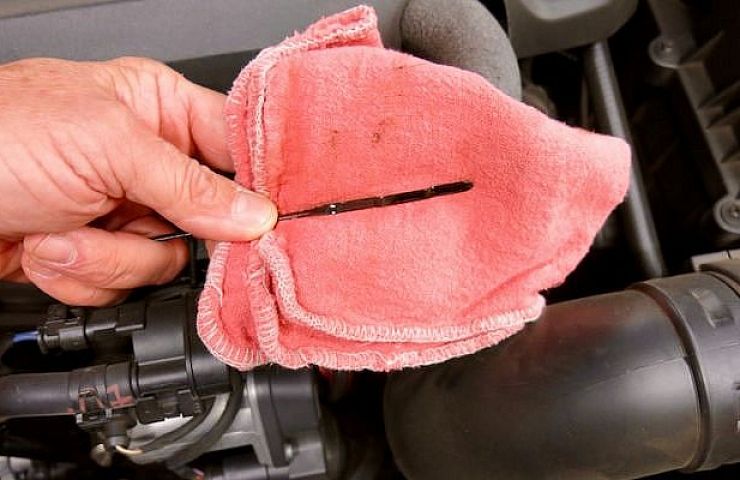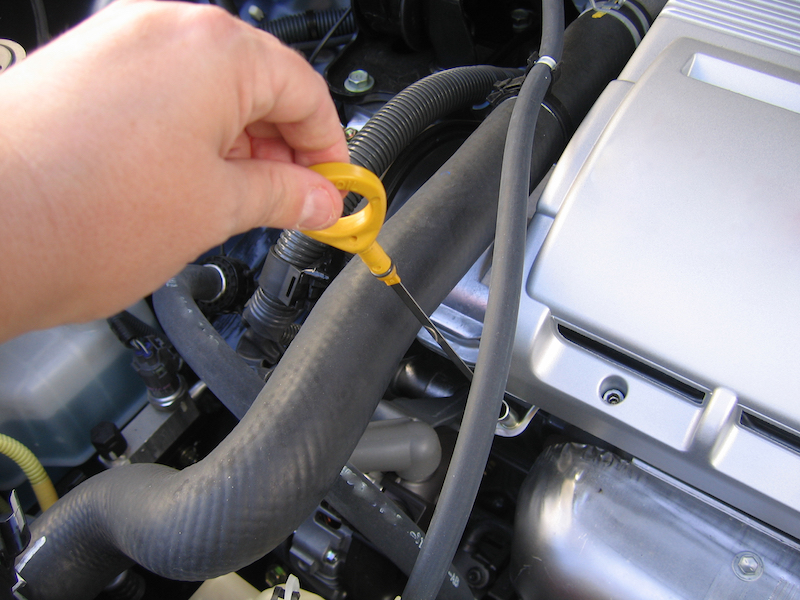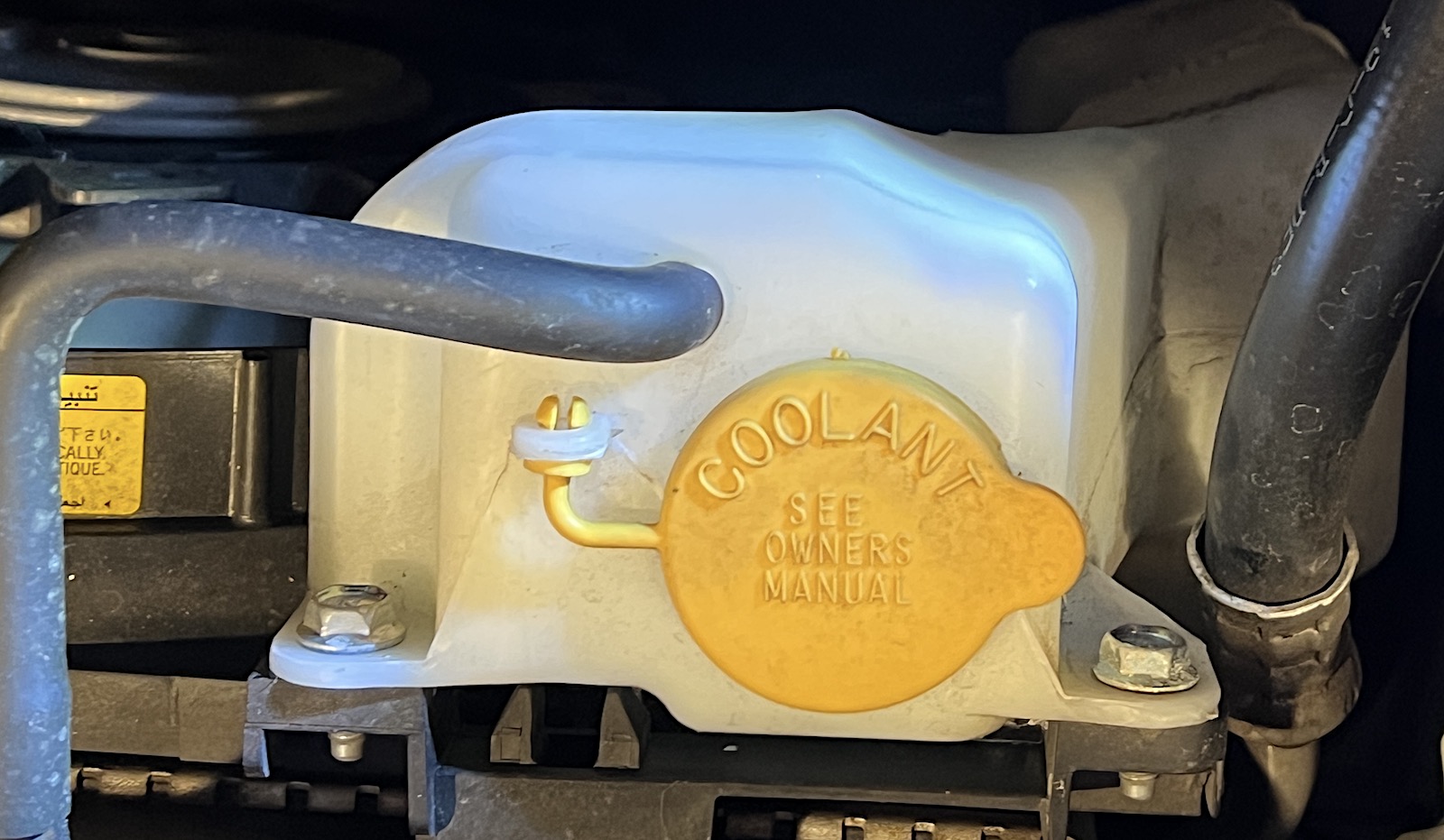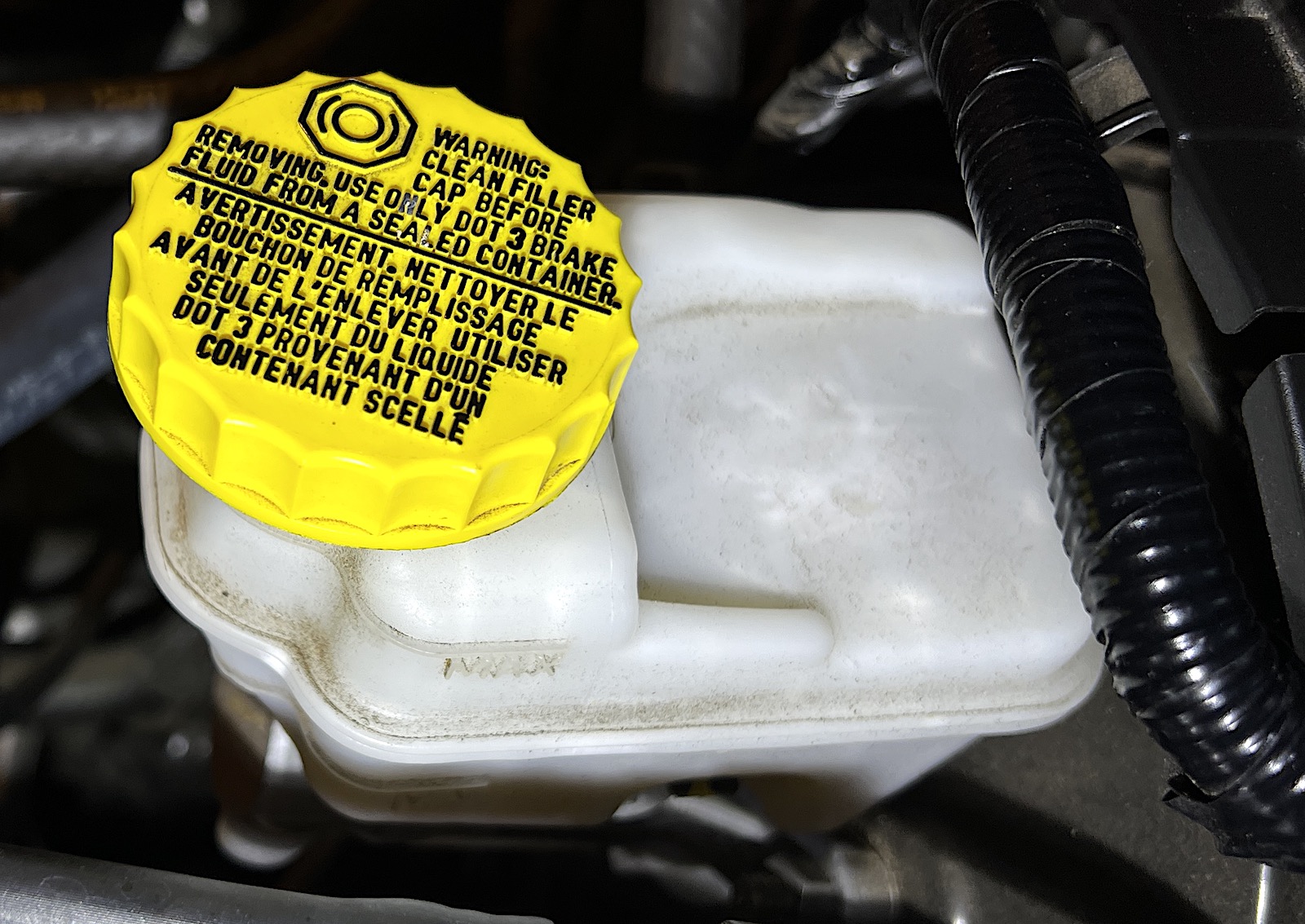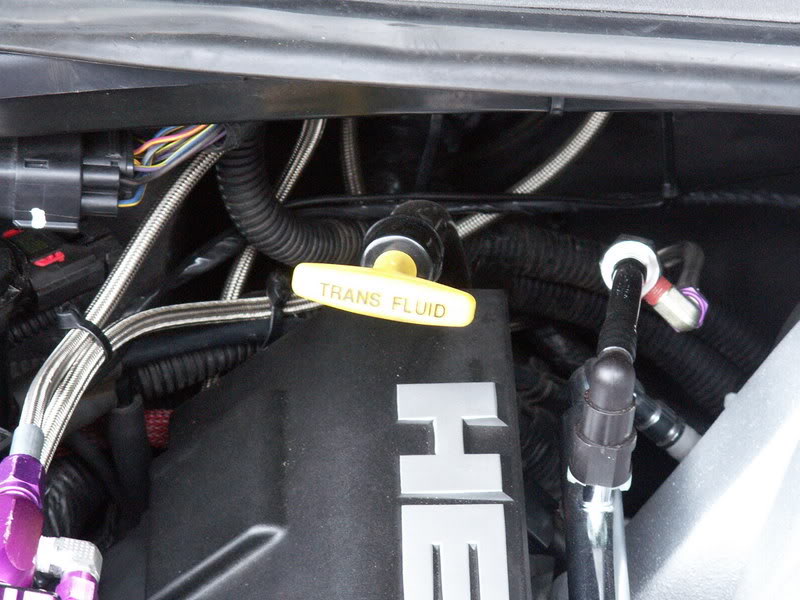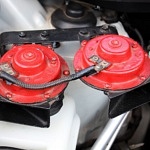Contents
Cars get more complicated every year. But despite the complexity, keeping your vehicle running in good health is easy. It happens with routine maintenance, like regularly checking the basic fluid levels.
We recommend checking four fluids regularly. As time passes and miles accumulate, the fluids are used—and can drop to dangerously low levels. Keeping the fluids topped off avoids unnecessary repairs. Even if you don’t replace these juices yourself, regularly checking them keeps you aware of the vehicle’s running condition.
Engine Oil
The easiest thing to check is the engine oil. First, find the oil dipstick, pull it out, and wipe it with a rag or paper towel. Then, fully reinsert the dipstick into the tube, and pull it back out. Keeping the dipstick level and horizontal, you should find the oil level by noting the markings on the dipstick. If it’s too low, it is time to add oil,—usually a quart—and then recheck the levels.
Many newer vehicles no longer have dipsticks. Instead, there is display in the instrument cluster indicating the oil level. If it’s low, a warning light will illuminate. Depending on the miles driven, you might need to add oil frequently. On some vehicles, it is common to consume a full quart of oil between oil changes. If your car is visibly leaking or burning oil (as evidenced by blue smoke emitting from the tailpipe), it’s time to visit a mechanic.
You should check your oil at least once a month. But depending on the condition of your vehicle, you might check it every time you fill the fuel tank. When checking the engine oil, make sure your engine is off, that you are parked on a level surface, and that the vehice has been off for at least a few minutes. Waiting allows the oil to drain back into the oil pan and provides an accurate reading with the dipstick.
Modern oils have a relatively long life—usually between 7,500 and 15,000 miles. Consult your owner’s manual for recommended oil-change intervals and the type of oil to use.
If the oil looks dark when you check it, that’s okay. It’s doing its job. One last note: when you change the oil, change the oil filter at the same time.
Coolant
It’s a good idea to periodically check your coolant level (for example, when you check your oil). First, look at the side of the coolant overflow tank in the engine compartment. The tank is marked with low- and high-level marks, and it’s best to check when the car is cool.
If the coolant level is low, you can add distilled water to the tank. Or, use a pre-mix of antifreeze diluted to proper ratios. If you add boatloads of water alone, you risk diluting the coolant too much to protect your engine.
Only fill to the high mark. Otherwise, when heated, the coolant might overflow and spill out. If you consistently have to add more water, a leak must be located and fixed.
Only use distilled water. Tap water has impurities and minerals that can compromise the coolant’s capabilities, and damage your engine block, especially if it’s made of aluminum.
Brake Fluid
Over time, brake fluid absorbs water from the air, so it needs to be changed about every two years. Check your owner’s manual for the proper interval. Changing your car’s brake fluid is essential because the water in the fluid can affect your car’s braking performance and damage the braking system’s expensive components.
If you detect a low level, you can top it off. But if the brake system continues to lose fluid, it is time for a thorough diagnosis and repair. There are different brake fluid types (DOT 3, DOT 4, etc.), but they cannot be mixed. So before adding any brake fluid, be sure you have the right type. Check your owner’s manual. Brake fluid is corrosive and quickly damages a painted surface, so clean up any spills immediately.
Flushing and replacing brake fluid should only be done by experienced professionals.
Transmission Fluid
Transmission fluid is trickier to check. In some cars, the automatic transmission has a dipstick. When checking, the vehicle should be parked and left running on a level surface. Healthy fluid should be a consistent, transparent color, and not smell burnt. If the fluid is milky, opaque, or gives off an odor, then it’s time to change it.
Part of a transmission fluid update is to put in a new filter. Changing transmission fluid usually requires special tools and a vehicle lift. This maintenance task is best for the advanced DIY crowd or a repair shop.
Many modern cars do not have dipsticks for transmission fluid or a way to add fluid. However, they do have a fixed fluid-change interval—usually between 30,000 and 60,000 miles. Some vehicles, primarily European models, are sealed for life, with no change needed. When in doubt, check your owner’s manual.
Regularly checking these four fluids will help keep your car running smoothly and catch a minor issue before it becomes more extensive and expensive.

